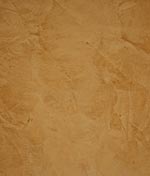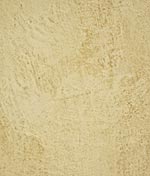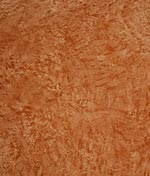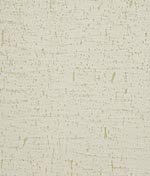Venetian Plaster || Cocciopesto
Deriving it's name from the Italian words Coccio (n) -pottery shards, or fragments and Pesto (adj)- crushed, cocciopesto refers to the crushed pottery replacing pozzolanic sand in lime renderings and mortars commonly found beneath most historic marmorinos and stuccos especially in northern Italy. Originally hydraulic and reddish in colour, this version developed as a finish has just enough Cocciopesto to give a beautiful appearance, but should not be considered hydraulic.
General - 100% pure slaked filtered lime, marble dust and cocciopesto in the form of low fired clay (terracotta)or black volcanic rock -our "coccio pietra". Imparts a beautifully cultivated look.
Texture - While this remains
a matte or satin polished plaster with a low 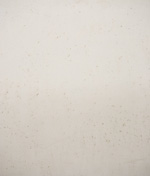 degree of side sheen, the cruder unfiltered bits of burnt orange coccio create multiple visible points, similar to a speckled birds egg. Lending a warm aged appearance to the surfaces cool
feel.
degree of side sheen, the cruder unfiltered bits of burnt orange coccio create multiple visible points, similar to a speckled birds egg. Lending a warm aged appearance to the surfaces cool
feel.
Colour and Technique - This plaster is whitish but may be tinted to a pastel. This lime plaster may only be pigmented to about 30% of black. It should be applied over an evenly textured substrate. Some manufacturers sell this product only pre-colored. If applied with pressure the soft coccio will smear creating tails.
Architectural treatments - Cocciopesto is both regal and pastoral. It performs well over all standard substrates and their refined organic mix of spotted texture on an open field can be said to be complimentary to modern design or supportive in traditional settings.
